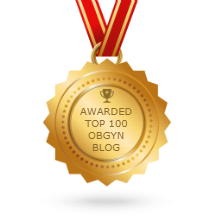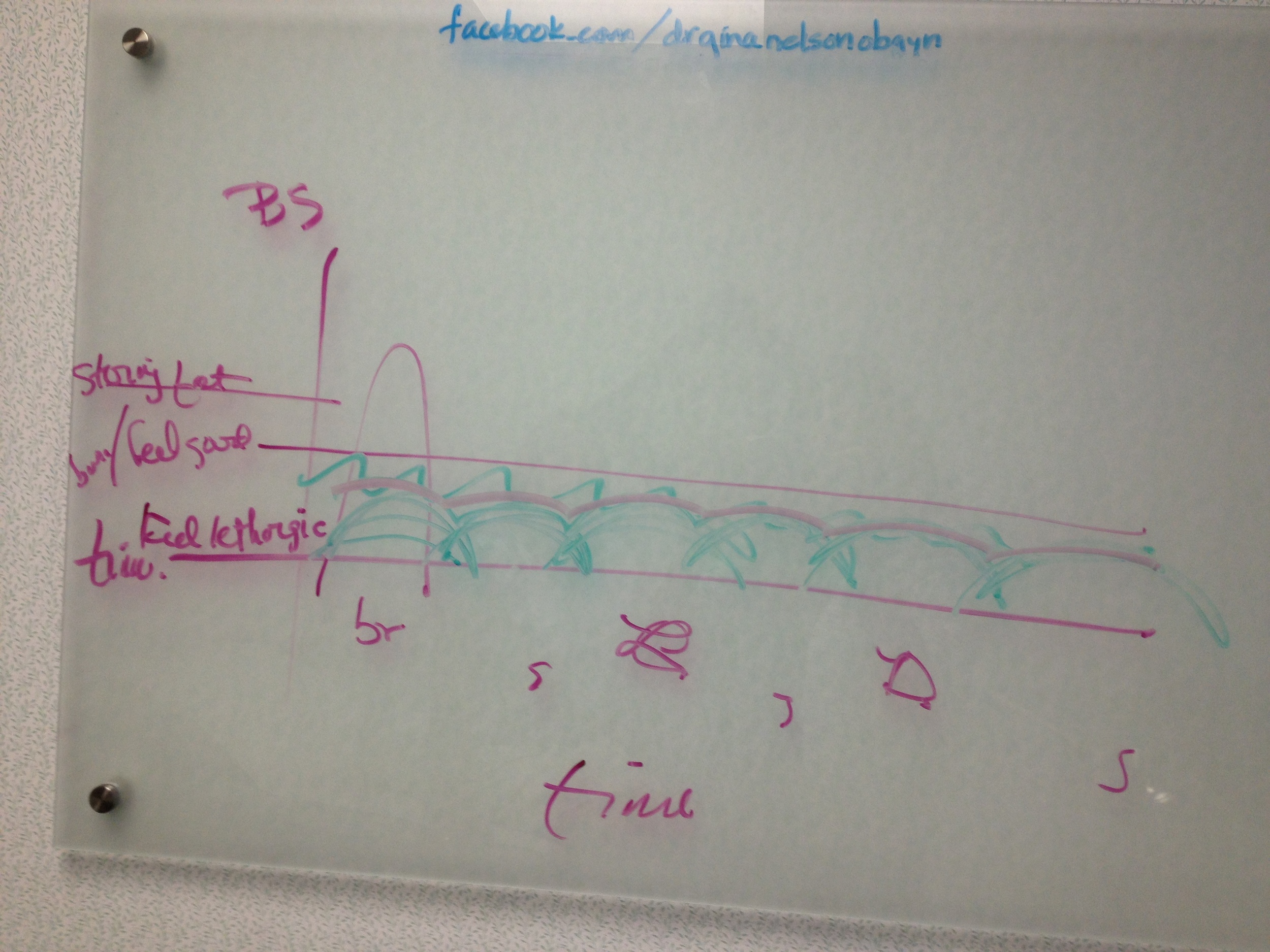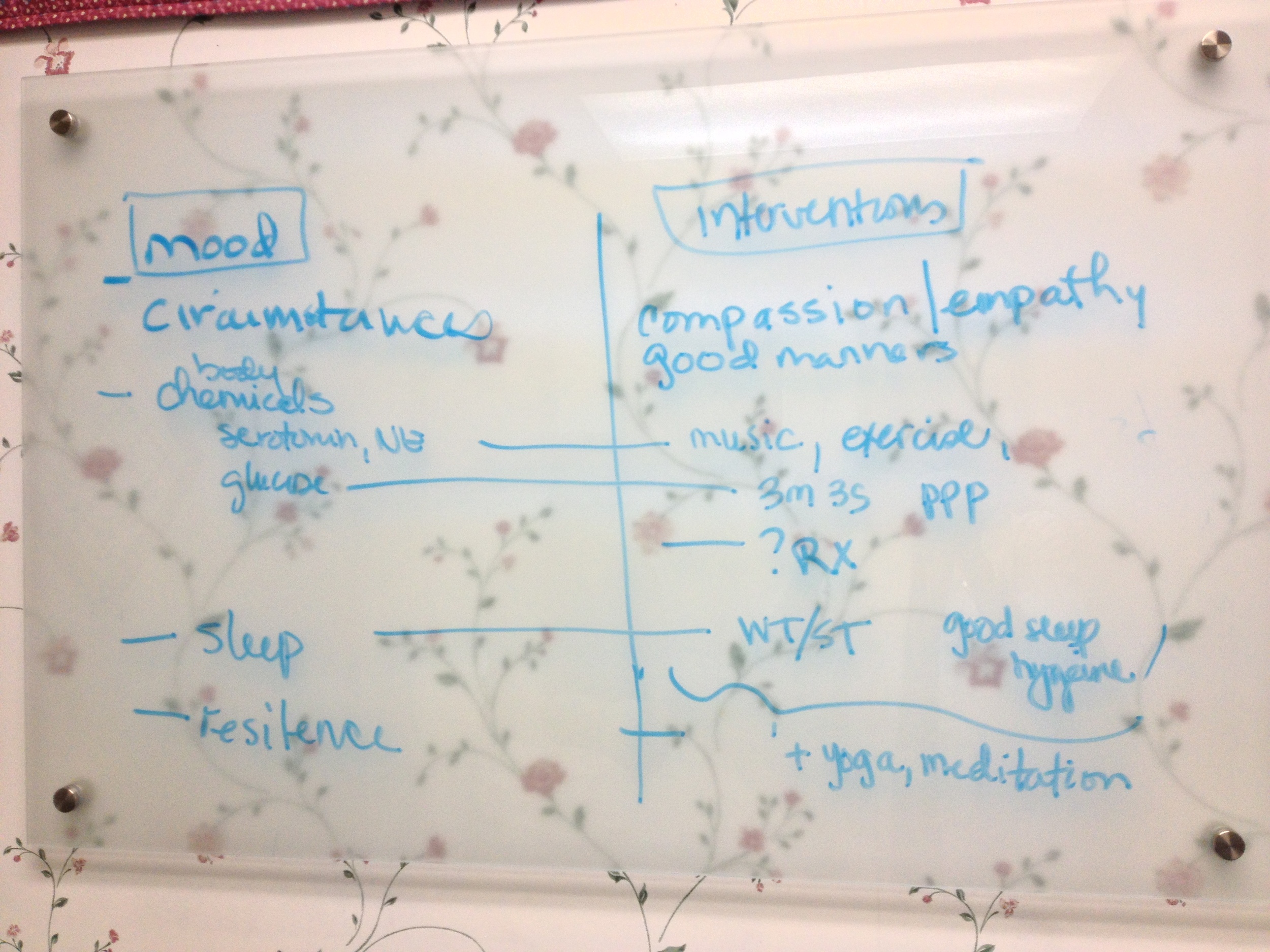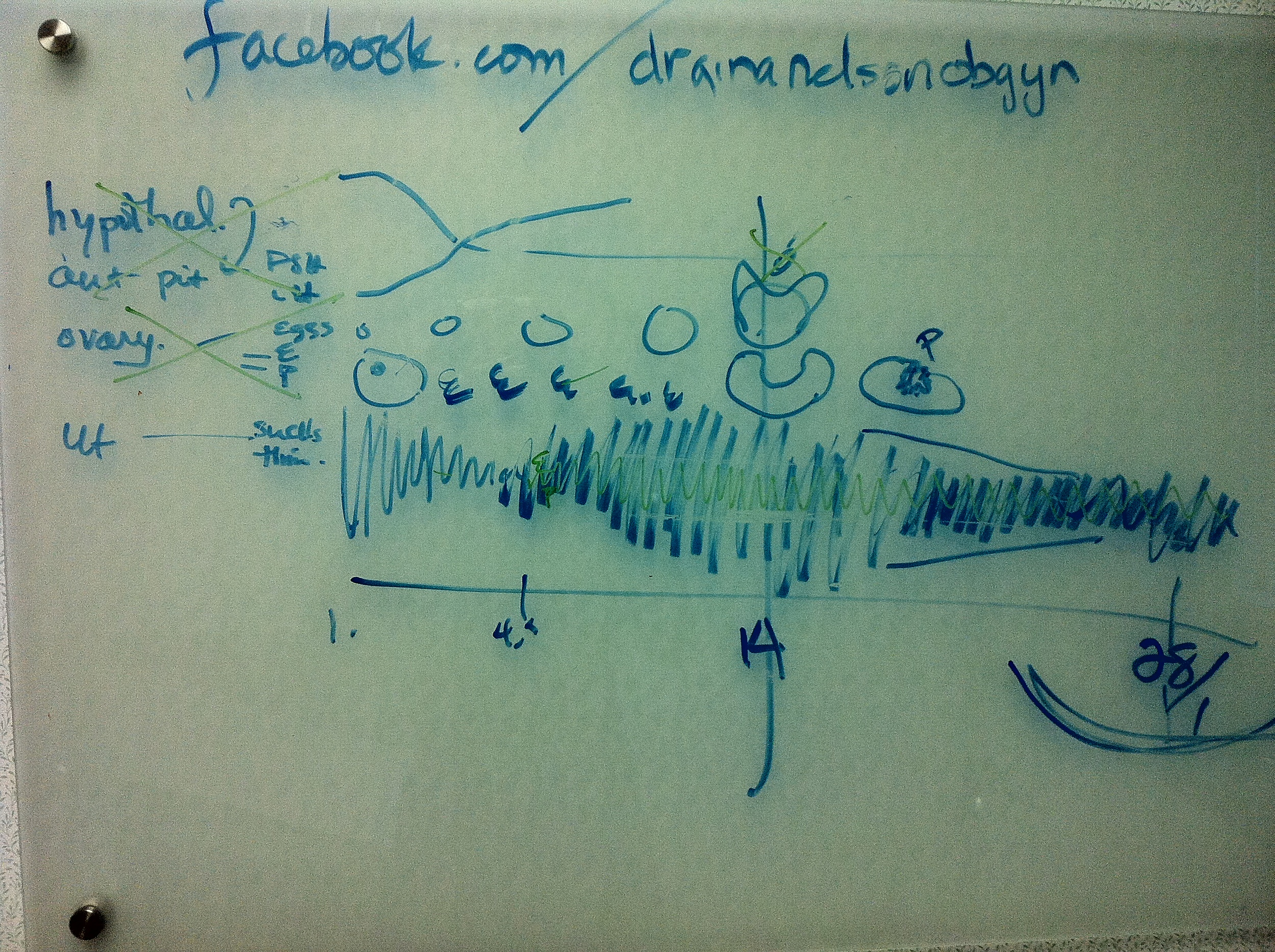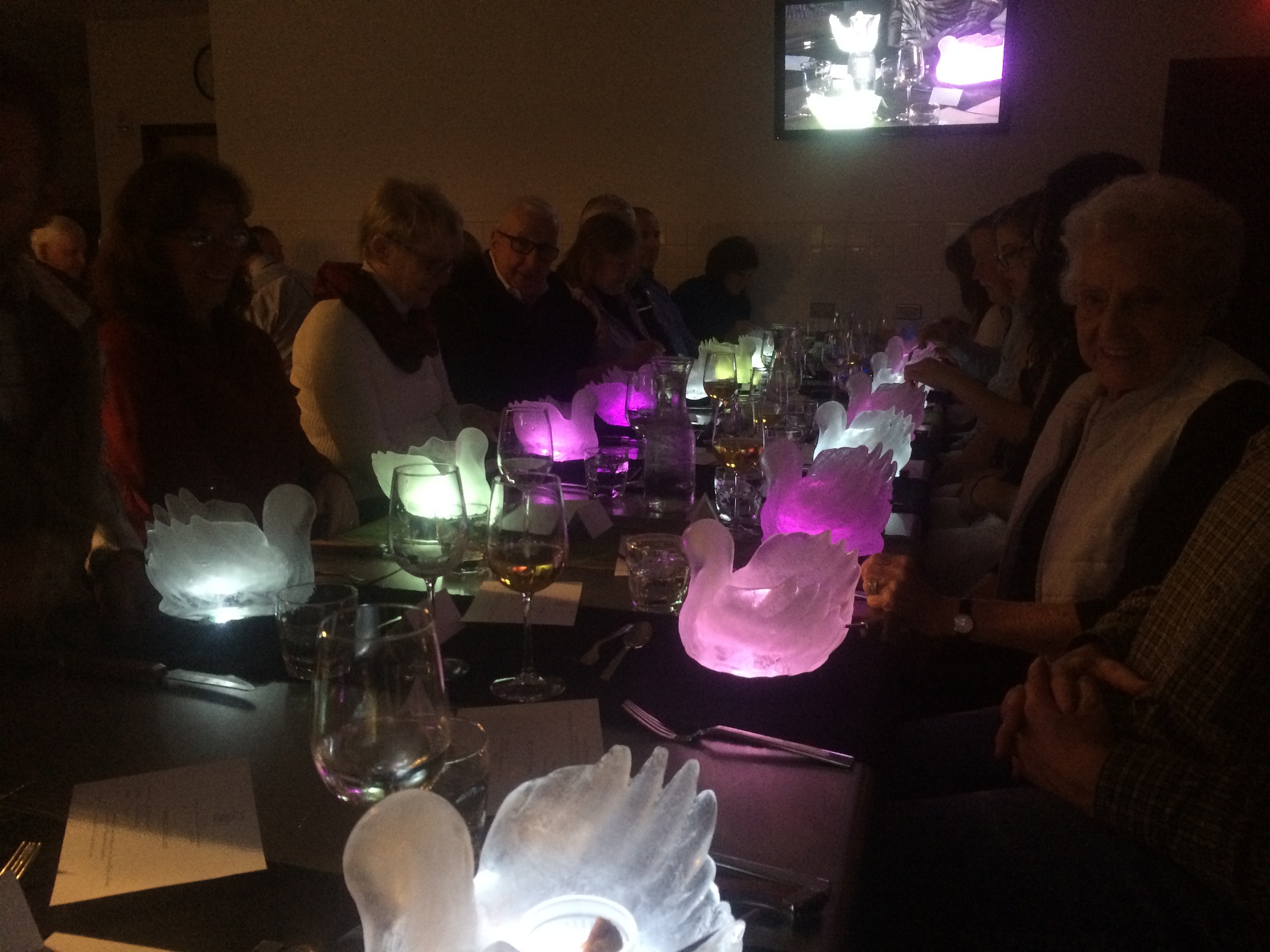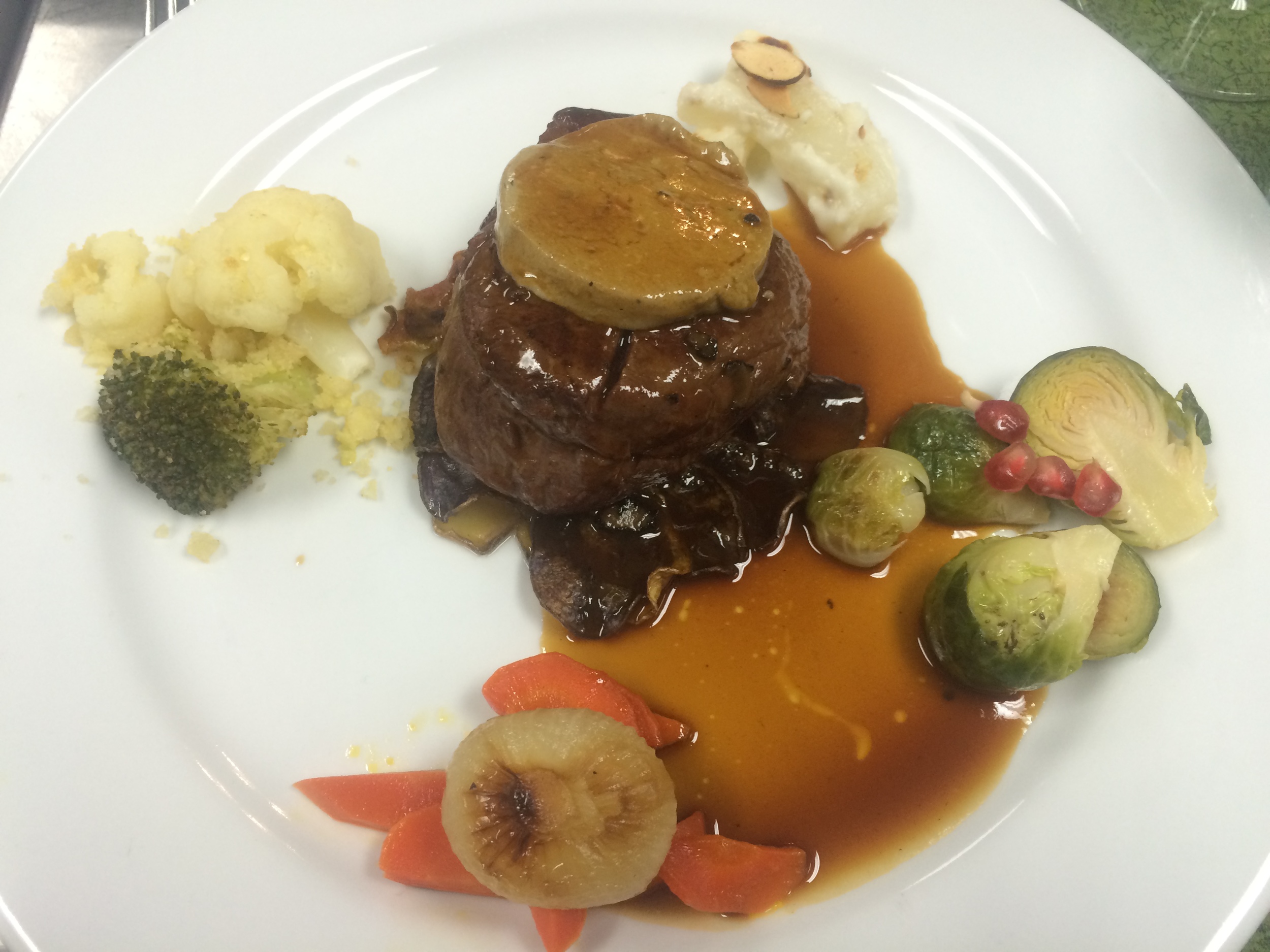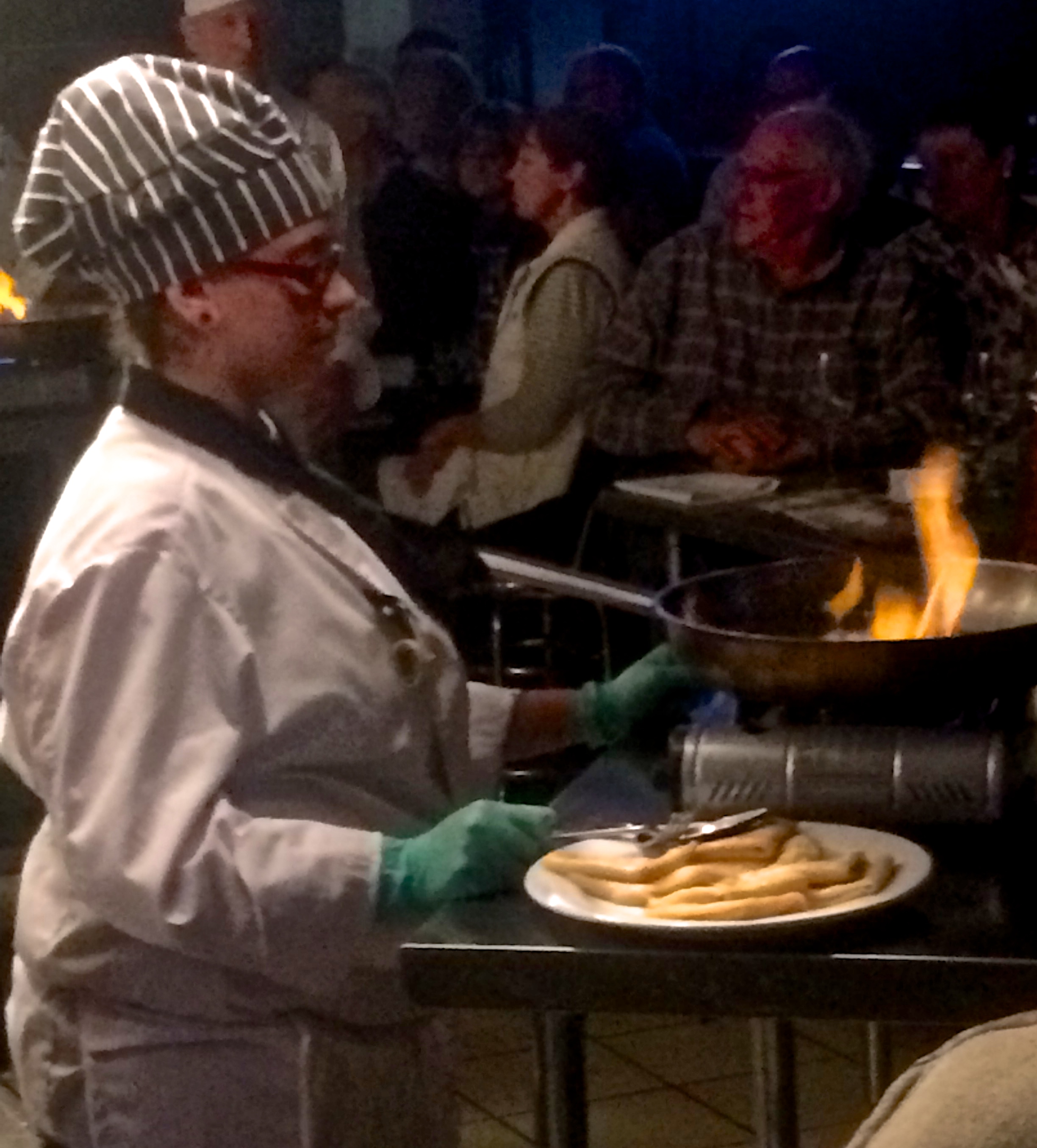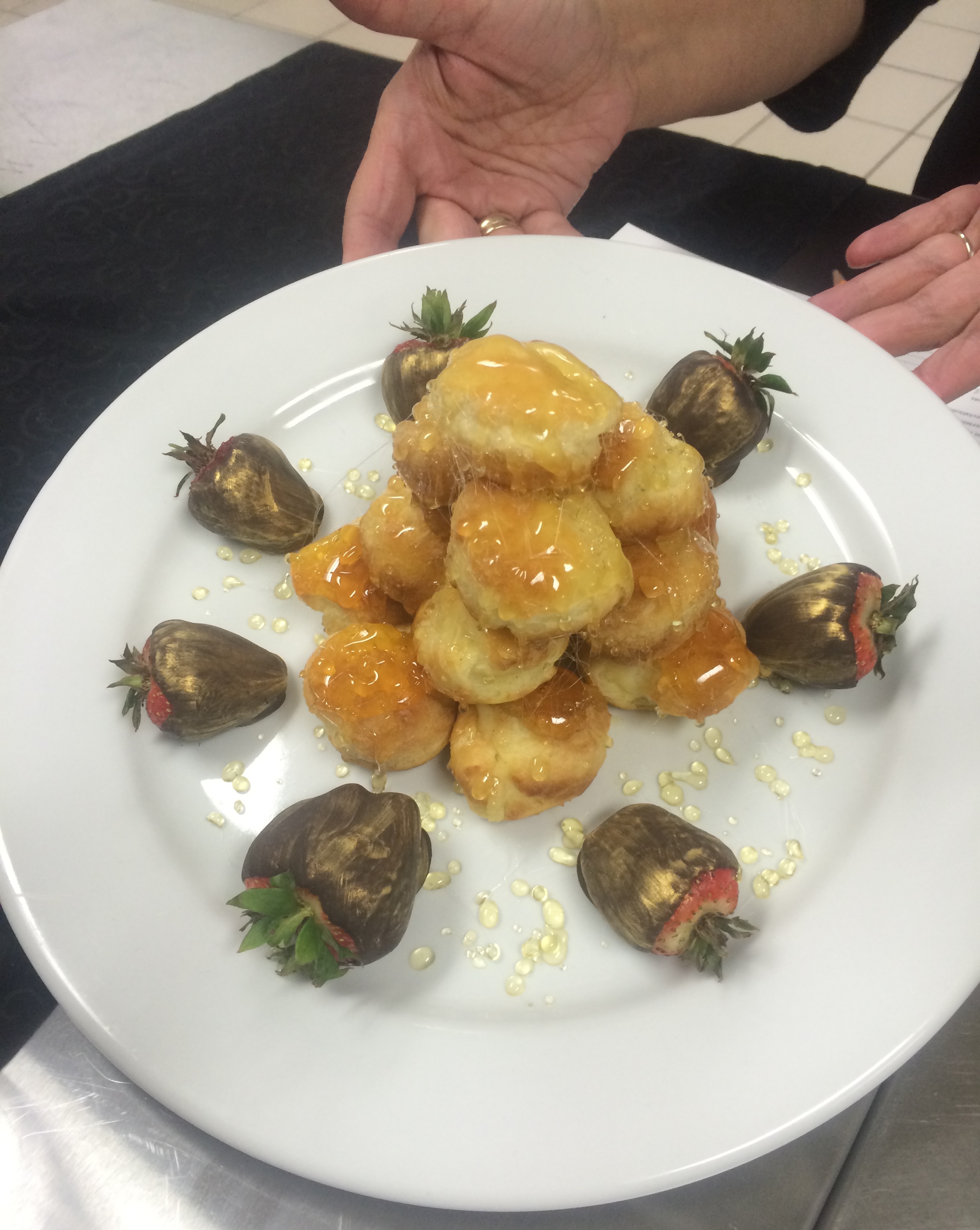Drinks
Modern drinks are the most deranged dietary items on the modern menu. Consider "Rock Star" and the like. They are the deliberate and crass result of corporate engineering for maximal addictiveness at the least cost. Cheap artificial colors, caffeine, sugar and flavorings combined with carbonated water are all put into a flashy package, and marketed aggressively to young and old alike.
Little did we know that rapidly digesting frequently consumed sugary drinks like these would have more to do with the obesity epidemic than consumption of actual dietary fat. But we should have known.
Now we have in sharp focus the fact that simple carbohydrates of all kinds, sugar and flour included, jet into our bloodstream faster than we can metabolize them. That spike in blood sugars triggers the body to store fat and very shortly thereafter, one is left devoid of energy in the so called sugar crash.
Not only has this contributed to obesity, it has also contributed to heart disease, diabetes and the like. Moreover, these phenomena wreck havoc on mood and attention span, conceivably influencing behavior in both children and adults. Finally there is increasing evidence that foods like this contribute to irrtation in the gastrointestinal tract, possibly making us vulnerable to more inflammation and even autoimmune disease.
Rant over. My newly minted section on Nutrition is just a beginning, but I would like to show the Drinks section to you. In it, I discuss more about carbohydrate metabolism and even go into the Glycemic index. Don't worry, we will do a lot more than talk about what not to eat. The most fun is yet to come when we get to the great things that we should be eating and drinking. This blog post will highlight drinks from a nutritional point of view. Click on the beverage below to read more.

